benfluralin:Mechanism of toxicity
Since 1970, benfluralin has been registered in the United States as a preemergent dinitroaniline herbicide. In 2004, the US Environmental Protection Agency (EPA) conducted an assessment to determine if pesticide products containing the active ingredient of benfluralin were eligible for pesticide reregistration. The criteria included meeting current human health and safety standards, and determining if the pesticide being used poses any unreasonable risks to human health and the environment. Results of the US EPA assessment were explained in the Reregistration Eligibility Decision (RED) of benfluralin. The RED document determined that pesticides with the active ingredient of benfluralin were eligible for reregistration provided certain stipulations listed in the RED document were met that included additional label requirements. Under the Federal Insecticide, Fungicide, and Rodenticide Act (FIFRA) Section 3, all new pesticides used in the United States must be registered by the Administrator of the US EPA. There are 38 products registered for benfluralin.
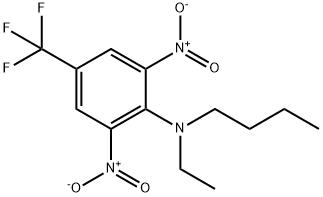
Uses
Benfluralin is a preemergent herbicide registered to control monocot (one cotyledon: plant embryo with single ‘seed leaf’) and dicot (two cotyledon: plant embryo with two ‘seed leaves’) weeded species in commercial and residential applications. Target species for benfluralin include Johnson grass seedlings, chickweed, lamb quarters, purslane, knotweed, clover, and barnyard grass. Benfluralin affects seed germination and prevents weed growth by inhibition of root development. Absorbed by roots, benfluralin inhibits microtubule formation by binding to tubulin, thereby disrupting cell division and leading to microfibril disorientation. Benfluralin can be used alone or formulated with other structurally related preemergent herbicides. Benfluralin has been formulated with oryzalin, isoxaben, triclopyr and/or trifluralin. Various formulated types include emulsifiable concentrate, granules, soluble concentrate/liquid, and water dispersed granules.
Benfluralin is formulated as granules in 42 end-use products and one product in the form of water dispersible granules. Applications can be by broadcast (granules and fertilizer mixed) and band treatment, golf course treatment, soil incorporated treatment, and spray with ground/sprinkler irrigation systems. Agricultural usage of benfluralin is predominately on lettuce, alfalfa, clover, birdsfoot trefoil, nonbearing fruit and nut trees, and vineyards.
Environmental Fate
Use of benfluralin as a preemergent herbicide results in a direct release into the environment. Benfluralin has an estimated Henry’s law constant of 2.91×10-4 atm-m3mol-1derived from a vapor pressure of 6.6×105 mmHg. Benfluralin has a water solubility of 0.1 mg l-1, an octanol/water partition coefficient of Kow = 5.29 and a soil organic carbon– water partitioning coefficient range of Koc= 9840 to 11660. Based on the Henry’s law constant, volatilization of benfluralin from moist soil surfaces and water surfaces is expected. However, volatilization of benfluralin from dry soil surface is not expected. Benfluralin is typically formulated and applied to minimize volatilization. Benfluralin Koc value range indicates a decreased mobility in soil. The Koc value also indicates that benfluralin can be expected to adsorb to suspended solids and sediment in the water column.
Mechanism of toxicity
Mechanism of toxicity data are limited. Liver is one known target organ. During a 3-month rat subchronic toxicity study, hepatic microsomal enzyme activity, measured by p-nitroanisole O-demethylase activity, was significantly elevated in both rat sexes. These results suggest that mixed function oxidases were induced in the livers of the rats. The rat subchronic study dose levels were the same and lower than those showing hepatocellular adenomas/carcinomas in the chronic/ carcinogenicity studies. Because this chemical shows no evidence of mutagenicity in short-term genotoxicity tests, a nongenotoxic mechanism of action is likely. In plants, benfluralin inhibits microtubule formation by binding to tubulin, disrupting cell division and leading to microfibril disorientation, but whether this has any relevance to the mechanism of toxicity in mammals does not appear to have been studied.
);You may like
See also
Lastest Price from Benfluralin manufacturers
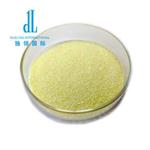
US $100.00/kg2024-02-27
- CAS:
- 1861-40-1
- Min. Order:
- 1kg
- Purity:
- 99%
- Supply Ability:
- 100 tons
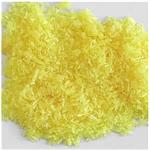
US $0.00/kg2023-12-11
- CAS:
- 1861-40-1
- Min. Order:
- 1kg
- Purity:
- 0.99
- Supply Ability:
- 20 tons
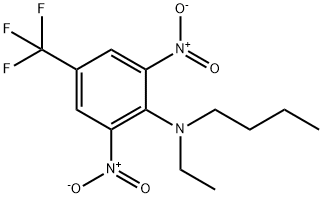
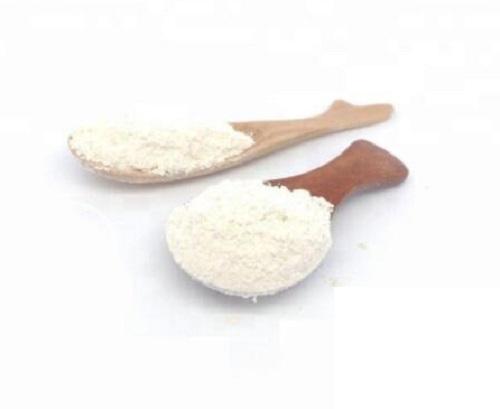
![56-55-3 benz[a]anthraceneUsesEnvironmental FateMechanism of Toxicity](/NewsImg/2021-11-18/6377283893915982511812051.jpg)